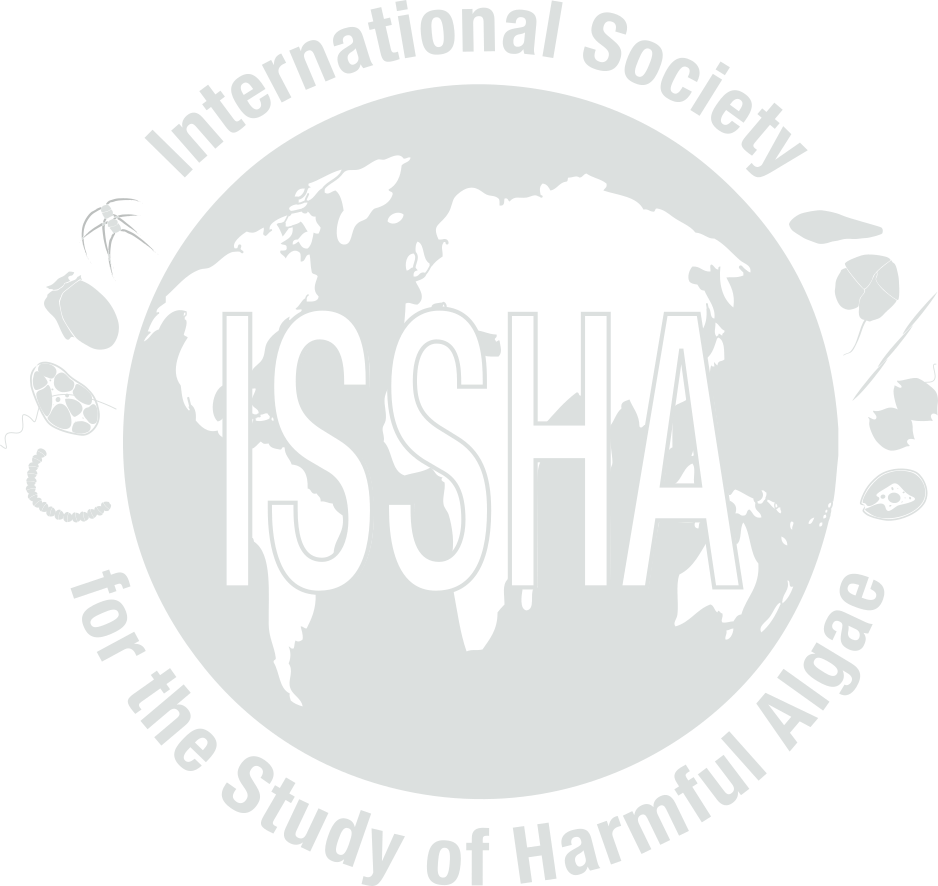|
Event name:
|
US-11-034
|
|
Country:
|
UNITED STATES
|
Nature of the harmful event:
|
Water Discoloration
,
High Phyto concentration
,
Seafood toxins
,
Mass mortalities
|
Event directly affected:
|
Natural Fish
,
Birds
,
Aquaculture Fish
,
Other Terrestrial
,
Shellfish
,
Humans
|
|
Toxicity detected:
|
Yes
|
|
Associated syndrome:
|
NSP
,
Aerosolized toxins effects
|
|
Unexplained toxicity:
|
|
|
Species implicated in toxin transmission (transvector):
|
Fish
|
|
Report the outcome of a monitoring programme:
|
No
|
|
Event occurred before in this location:
|
Yes
(Texas has K brevis blooms every few years.)
|
|
Individuals to contact:
|
Byrd, Meridith
|
|
Species containing the toxin
|
Toxin type
|
Toxin details
|
Max. concentration
|
Assay type
|
|
Karenia brevis
|
Brevetoxins
|
|
23 mouse nits/100 g
|
ELISA
|
|
|
Kit used:
|
Type of kit used:
|
|
Additional information:
|
The Texas Dept of State Health Services uses a mouse assay in addition to ELISA kits
|
|
Economic losses:
|
The Texas oyster industry was hit hard. All 17,586 acres of oyster beds were closed for half the season (Nov 1-Jan 27). In 2009 the oyster industry brought in $9.4 million over the 6-month season. Coastal communities suffered tourism decline.
|
|
Management decision:
|
The Texas Dept of State Health Services delayed the opening of oyster season due to brevetoxin levels. All bays were closed until Jan 27, when 2 bays were opened. DSHS continued to open bays through Feb and early March, when the last bays were opened.
|
|
Additional harmful effect information:
|
|



